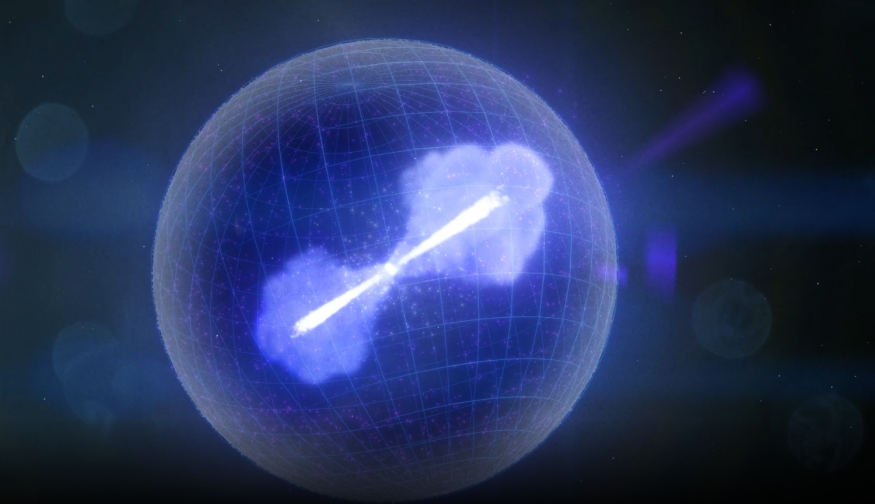Gamma-ray bursts are expected to be the most powerful phenomenon in the cosmos. It explodes to a massive scale and emits various energies faster than the blink of an eye. Gramma-ray bursts are thought to be just a simple explosion similar to one another, but a recent observation shows that GRBs may actually vary in their flare-up process, some with even plain and minimal outbursts compared to the expected.
Gamma-ray Bursts Explained

Gamma-ray bursts are faster at discharging energies and creating explosions than our galaxy's sun. GRBs blow up energies from minutes to milliseconds as opposed to the capability of the sun in the span of its 10 billion years of existence.
Outbursts of gamma-rays are measured depending on the length of their explosion. According to ScienceNews, their classification falls to either long or short outbursts, with each category corresponding to how much time the process lasts.
Short gamma-ray bursts are identified by the experts as an impact of the reaction between neutron stars merging. Neutron stars are stellar corpses that came from a previous massive star that died.
Long gamma-ray bursts, on the other hand, are frequently correlated to another famous cosmic explosion known as the supernova. Supernovas are a 'detonation' process of stellar bodies and are often recorded to occur to a giant star.
In a recent study, both classifications of the gamma-ray bursts are found to have the same origin before they explode. This origin is the same as the long GRBs cause, which is the implosion of a giant star. NASA Goddard Space Flight Center and University of Maryland expert Tomas Ahumada said that the recent investigation shows dying stars are always producing gamma-ray bursts in their shortest form. Ahumada is the lead author of the study published in the journal Nature Astronomy, entitled "A peculiarly short-duration gamma-ray burst from massive star core collapse."
GRB 200826A Short Bursts and the Dead Star in the Andromeda Galaxy
The GRB 200826A charted to almost 7 billion light-years away from our planet is one of the main interests of astronomical discovery. GRB 200826A was found in the Andromeda galaxy, recorded with a blast of 0.65 seconds. In a recent observation, NASA's Fermi Gamma-ray Space Telescope was able to record what appears to be an extension of the GRB 200826A outburst, with a measurement of 1 second.
The GRB 200826A outburst was also detected by other space stations, including NASA's Wind Mission, Mars Odyssey, and the European Space Agency's INTEGRAL Satellite. This gamma-ray burst was initially expected to have originated from colliding neutron stars, but instead, the astronomers saw a dead giant stellar body.
Ahumada said in a report by Space that confirming the gamma-ray burst's origin was challenging, as the lights from the explosion are needed to be separated from the collective lights of the GRB 200826A's host galaxy. Ahumada's team was surprised by the GRB's fundamental factor, which was coincidentally discovered. The confirmation of the correlation between the short gamma-ray burst and a dying star was published as well in the journal Nature Astronomy, entitled "Discovery and confirmation of the shortest gamma-ray burst from a collapsar."
RELATED ARTICLE : Hubble Space Telescope Captures a Gravitational Tug of War Between 3 Galactic Siblings Squabbling
Check out more news and information on Space on Science Times.
© 2025 ScienceTimes.com All rights reserved. Do not reproduce without permission. The window to the world of Science Times.












